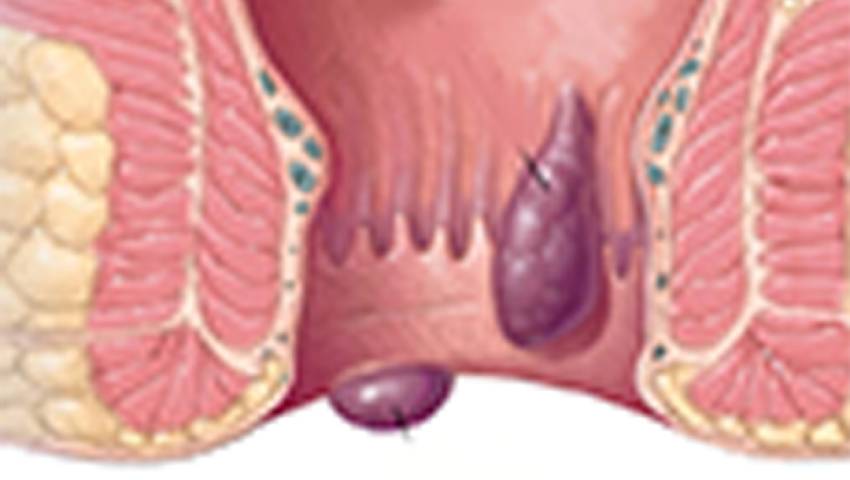
- 25/09/2023
- Dr. Samrat Jankar
- 0 Comments
- Blog
Different Types of Piles and How to Identify Them
Piles, also known as hemorrhoids, are a common but often misunderstood medical disorder affecting millions of people worldwide. Dr. Samrat Jankar, a renowned piles specialist in Pune, Maharashtra, provides invaluable insights into the various types of piles and how to identify them. In this comprehensive blog post, we’ll delve into the world of piles, understand their types, and learn how to identify the symptoms associated with each.
Understanding Piles:
Piles are swollen blood vessels in the rectum and anus, and they can occur both internally and externally. Dr. Samrat Jankar explains that while all types of piles share common signs like itching, pain, and bleeding, understanding the specific type is crucial for tailored treatment.
Types of Piles:
Internal Piles:
Internal piles are located inside the rectum, causing them less visible. Dr. Jankar points out that they are graded on their severity into four grades:
- Grade I: Piles that bleed but do not prolapse.
- Grade II: Piles that prolapse during a bowel activity and retract spontaneously.
- Grade III: Piles that prolapse during a bowel movement and must be pushed back manually.
- Grade IV: Piles that are always prolapsed and cannot be pushed back.
Identifying Internal Piles:
- Blood in stools or on toilet paper after a bowel movement.
- A sense of fullness or pain in the rectum.
- Prolapse during bowel movements (in second to fourth-degree cases).
- Painless rectal bleeding.
External Piles:
Unlike internal piles, external piles develop around the anus and are visual on the outside. They can be extremely painful and may cause swelling, itching, and discomfort.
Identifying External Piles:
- A visual lump or swelling around the anus
- Pain or discomfort, especially when sitting or during bowel movements.
- Itching or irritation in the anal area.
Thrombosed Piles:
Thrombosed piles happen when blood clots form within external piles. This situation is particularly painful and can lead to painful swelling and inflammation. Dr. Samrat Jankar advises seeking immediate medical attention if you suspect you have thrombosed piles, as they may require drainage or surgical intervention.
Identifying Thrombosed Piles:
- Sudden, severe pain and swelling around the anus.
- A hard bulge at the anal opening.
- Bleeding may happen if the clot breaks down.
Mixed Piles:
Mixed piles, as the name suggests, involve a mixture of internal and external piles. Dr. Jankar mentions that they can present a complex set of signs and may require specialized treatment.
Identifying Mixed Piles:
- Signs of both internal and external piles.
- Consultation with a healthcare professional is vital to confirm this type.
Prolapsed Piles:
Prolapsed piles occur when internal piles become enlarged and protrude outside the anus during bowel movements. They can be discouraging and may require medical treatment. Identifying prolapsed piles involves noticing:
- A protruding mass during or after a bowel movement.
- Difficulty pushing the prolapsed pile back inside.
- Discomfort and pain when the pile is outside the anus.
If you suspect prolapsed piles, consult a healthcare professional for evaluation and managing options.
Identifying Your Piles:
Identifying the type of piles you have is essential for effective treatment. Dr. Samrat Jankar provides valuable tips on how to recognize piles:
- Common Symptoms: Samrat Jankar advises lookout for signs such as bleeding during bowel movements, itching, pain, and discomfort around the anus to consult a healthcare professional for a proper diagnosis.
- Visual Inspection: Gently examine the area around the anus for any external piles or swelling. Dr. Samrat Jankar will perform a thorough examination, which may include a visual inspection, digital rectal examination, or sigmoidoscopy, to determine the type and grade of your piles.
- Consult a Medical Professional: If you suspect you have piles or are experiencing any of the symptoms, it’s important to seek medical advice. A healthcare provider can perform a thorough examination and diagnose the type and rigor of your piles.
Managing Piles:
Dr. Samrat Jankar emphasizes that early detection and proper management are essential for alleviating symptoms and preventing complications. Treatment options may include lifestyle modifications, dietary changes, topical medications, minimally invasive procedures, or surgery, depending on the type and rigor of the piles.
Conclusion:
Piles are a common medical condition that can immensely impact one’s quality of life if left untreated. Dr. Samrat Jankar’s expertise in gastroenterology provides valuable guidance in understanding the distinct types of piles and how to identify them.
If you suspect you have piles or are experiencing any related symptoms, it is essential to consult a Piles Specialist promptly. Early diagnosis and appropriate treatment can help manage the condition effectively and enhance your overall well-being.
